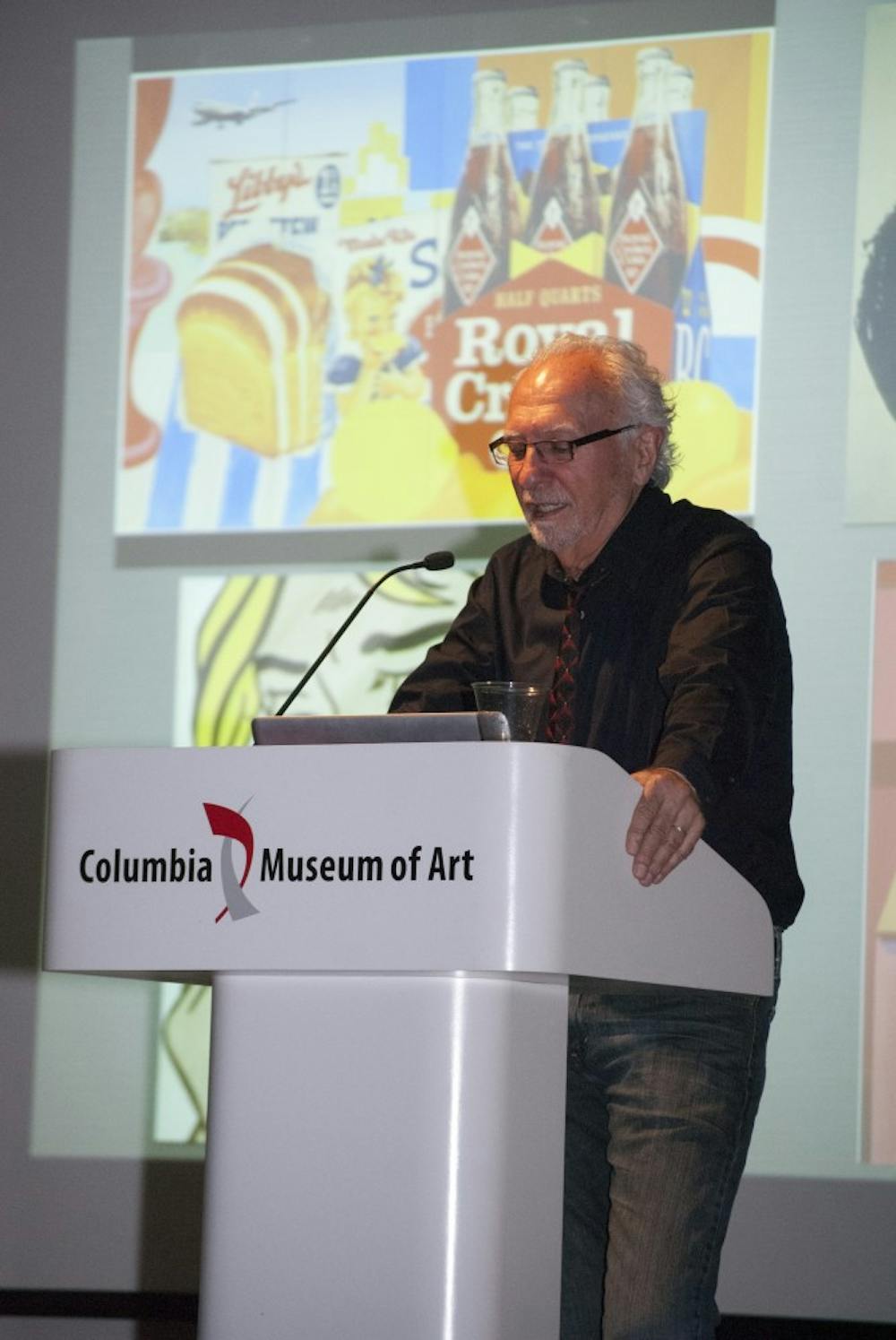Bradford Collins challenges the common perception that pop art is merely a shallow endorsement of modern consumer culture. Rather, he says, it uses images from advertisements, movies, comics and other forms of popular culture to hold a mirror to the face of society.
Collins, a USC art history professor, explained the controversial nature of the 1960s pop art movement in a lecture entitled “Political Pop” at the Columbia Museum of Art Thursday night.
“The artists use materials from popular culture … and the critics thought that it was trying to celebrate the lowest common denominator, like consumerism and low intellectual standards of film,” Collins said.
Collins addressed why he feels that pop art was a much more substantive style than many believed.
“I’m talking about those pop artists whose work contributed to progressive movements of the 1960s, such as the civil rights movement, the women’s rights movement, the Vietnam War protest movement and even gay rights to a certain degree,” Collins said. “So what I’m demonstrating is that pop art is actually a lot more serious than most people think.”
Collins was invited to give the lecture by fourth-year marine science student Kleve Granger on behalf of the CMA College Collective.
“We are interested in the subject, and we’re a group of college students here at the university, and we want to get college students more integrated into the art community and show them what it has to offer, be it through a lecture series or through interactive events and things like that,” Granger said.
Several popular artists included in the presentation were James Rosenquist, Martha Rosler, Robert Indiana, Andy Warhol and others. Whether the pieces were works of social commentary or a representation of an artist’s personal identity, Collins explained that none of the works’ meanings were merely superficial.

